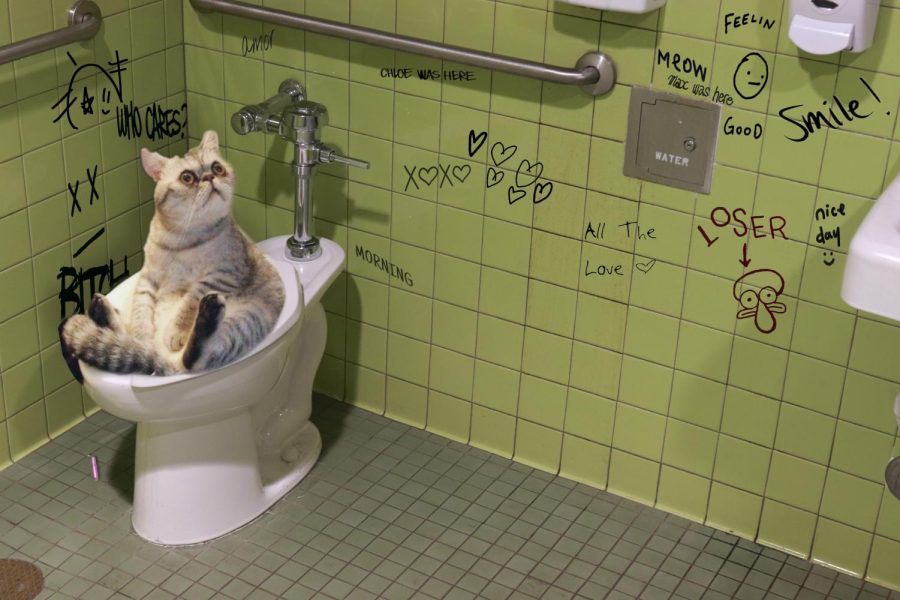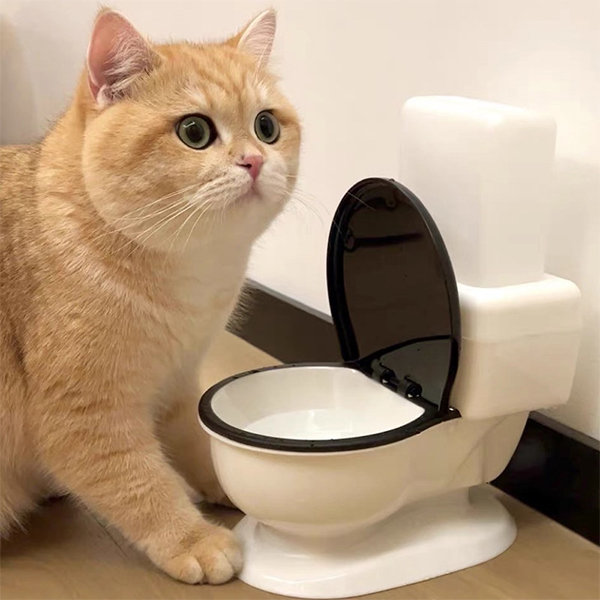Significant Issues Regarding Flushing Animal Waste Down the Toilet
Significant Issues Regarding Flushing Animal Waste Down the Toilet
Blog Article
The article author is making a few great points about Why you should never flush dog poop down the toilet as a whole in this great article down the page.

When it involves dealing with waste, especially animal waste, lots of people typically turn to the practical choice of flushing it down the bathroom. Nevertheless, this relatively simple option can have severe repercussions for the environment and public health. In this short article, we'll explore why flushing pet waste down the toilet is a poor idea and give alternate methods for correct disposal.
Intro
Appropriate waste disposal is vital for maintaining ecological sustainability and public health. While it may appear harmless to purge animal waste down the bathroom, it can bring about different concerns, both for the environment and human wellness.
Risks of flushing animal waste
Ecological impact
Flushing pet waste introduces damaging germs and microorganisms right into waterways, which can negatively impact water ecosystems. These pathogens can infect water resources and injury aquatic life, interrupting fragile environments.
Public health concerns
Animal waste contains dangerous bacteria such as E. coli and Salmonella, which can position severe wellness risks to people. Purging pet waste down the commode can infect water supplies, resulting in the spread of illness and infections.
Alternatives to flushing
Rather than purging animal waste down the commode, there are numerous different disposal approaches that are extra eco-friendly and sanitary.
Composting
Composting pet waste is a green means to take care of it. By composting, raw material is broken down right into nutrient-rich dirt, which can be utilized to fertilize yards and plants.
Land fill disposal
Taking care of animal waste in a landfill is an additional choice. While not as environmentally friendly as composting, it is a more secure option to flushing, as it avoids the contamination of water resources.
Animal garbage disposal systems
There are specialized animal garbage disposal systems readily available that safely and hygienically throw away pet waste. These systems commonly make use of enzymes to break down waste and eliminate odors.
Steps to appropriate pet garbage disposal
To make certain proper disposal of animal waste, follow these steps:
Scooping and nabbing waste
Regularly scoop and bag animal waste using biodegradable bags. This avoids waste from contaminating the environment.
Using marked waste containers
Dispose of bagged pet waste in assigned waste containers, such as garden compost bins or land fill containers. Prevent flushing it down the commode in all costs.
Cleaning litter boxes and family pet locations regularly
Regularly tidy litter boxes and pet locations to avoid the buildup of waste and microorganisms. Use pet-safe cleansing items to maintain health.
Benefits of appropriate disposal methods
Taking on correct disposal techniques for pet waste provides numerous benefits:
Minimized environmental pollution
Correct disposal techniques lower the risk of environmental pollution, securing rivers and ecological communities from contamination
Reduced danger of water contamination.
By staying clear of flushing pet waste down the toilet, the risk of more info water contamination is substantially lowered, guarding public health.
Improved sanitation and hygiene
Proper disposal approaches advertise far better hygiene and health, developing a more secure setting for both people and animals.
Final thought
To conclude, flushing pet waste down the commode is unsafe to the setting and public health. By taking on different disposal approaches and complying with appropriate waste management practices, we can decrease the unfavorable effect of animal waste and add to a cleaner, healthier planet.
What To Do With Dog Poo – The Do's And Don'ts Of Disposing Of Faeces
Dog poo bins
Some councils provide dedicated dog waste bins in popular dog-walking areas that can take dog poo that has been bagged but you can legally dispose of dog waste in any public litter bin, as long as it is securely bagged. This also applies to your wheelie bin at home.
Do not flush
Water companies do not recommend flushing dog faeces down the toilet because certain parasites can survive the water processing treatment and are potentially harmful to humans. You should also never consider flushing dog poo that has been bagged down the toilet as the bags will not break down and instead create severe blockages in the sewage system.
In the woods
The Forestry Commission promotes a ‘stick and flick’ method for dealing with waste in the woods. This means finding a stick and using it to flick any poo from off the path so that it is out of the way of other walkers. You could also bury it as long as it is not in an area where there might be livestock.
Livestock
Parasites found in dog poo can be transmitted to livestock if they inadvertently eat infected faeces that has been left on grazing land. This could result in the death of sheep or abortion in cattle so you should always make sure you pick up your dog’s waste in fields where livestock could be present.

Regularly tidy litter boxes and pet locations to avoid the buildup of waste and microorganisms. Use pet-safe cleansing items to maintain health.
Benefits of appropriate disposal methods
Taking on correct disposal techniques for pet waste provides numerous benefits:
Minimized environmental pollution
Correct disposal techniques lower the risk of environmental pollution, securing rivers and ecological communities from contamination
Reduced danger of water contamination.
By staying clear of flushing pet waste down the toilet, the risk of more info water contamination is substantially lowered, guarding public health.
Improved sanitation and hygiene
Proper disposal approaches advertise far better hygiene and health, developing a more secure setting for both people and animals.
Final thought
To conclude, flushing pet waste down the commode is unsafe to the setting and public health. By taking on different disposal approaches and complying with appropriate waste management practices, we can decrease the unfavorable effect of animal waste and add to a cleaner, healthier planet.
What To Do With Dog Poo – The Do's And Don'ts Of Disposing Of Faeces
Dog poo bins
Some councils provide dedicated dog waste bins in popular dog-walking areas that can take dog poo that has been bagged but you can legally dispose of dog waste in any public litter bin, as long as it is securely bagged. This also applies to your wheelie bin at home.
Do not flush
Water companies do not recommend flushing dog faeces down the toilet because certain parasites can survive the water processing treatment and are potentially harmful to humans. You should also never consider flushing dog poo that has been bagged down the toilet as the bags will not break down and instead create severe blockages in the sewage system.
In the woods
The Forestry Commission promotes a ‘stick and flick’ method for dealing with waste in the woods. This means finding a stick and using it to flick any poo from off the path so that it is out of the way of other walkers. You could also bury it as long as it is not in an area where there might be livestock.
Livestock
Parasites found in dog poo can be transmitted to livestock if they inadvertently eat infected faeces that has been left on grazing land. This could result in the death of sheep or abortion in cattle so you should always make sure you pick up your dog’s waste in fields where livestock could be present.

Do you enjoy more info about Can You Flush Dog and Cat Poo Down the Toilet?? Leave a remark directly below. We would be pleased to find out your opinion about this post. We hope that you come back again in the near future. Feel free to set aside a second to promote this article if you appreciated it. We truly appreciate your readership.
Call Today Report this page